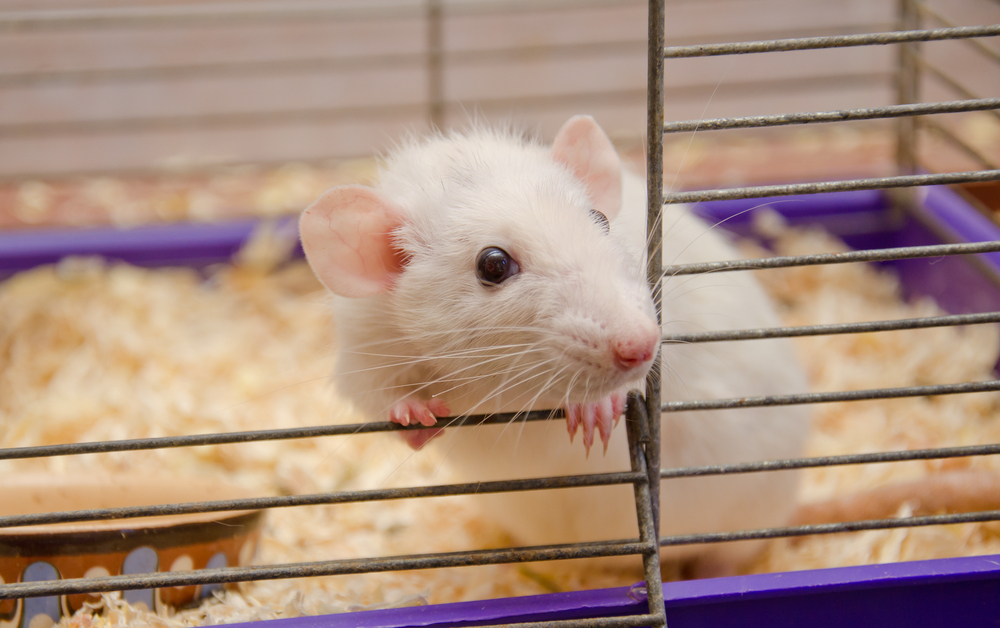Angelman Mice Show Unusual Behavior That Might Help in Understanding Cognitive Problems, Study Says

A specific behavior in an Angelman syndrome mouse model that could help researchers model and possibly predict cognitive problems in patients has been identified in a study.
The research, “Enhanced operant extinction and prefrontal excitability in a mouse model of Angelman syndrome,” was published in The Journal of Neuroscience.
“High-level” cognitive processes, such as logical reasoning and problem-solving, take place in the prefrontal cortex area of the brain. Prefrontal function is key for several neurodevelopmental disorders closely associated with cognitive impairment, including Angelman disease.
Even though cognitive impairment is a core feature of Angelman, the repertoire of robust and reliable behavioral phenotypes in mice models of the disease has been largely limited to non-cognitive tasks, such as seizures, motor impairments, and anxiety.
To better understand the brain circuits involved in Angelman’s cognitive impairment, researchers studied disturbances in the prefrontal cortex function in an experimental mouse model known to mimic symptoms associated with Angelman, including behavioral features.
Extinction of operant behavior — an organism’s reduced response after reinforcement for a specific behavior is discontinued — is a well-established readout of prefrontal circuits in mouse models.
Researchers defined extinction of operant behavior in this study as poorer response in mice after a food reward for nose-poking into a given hole was stopped.
These mice had an exaggerated operant extinction, meaning they stopped showing any interest in that hole in the absence of food faster than healthy mice. A more intense excitability in the prefrontal neurons of the disease mice accompanied their unusual behavior.
When researchers deleted the UBE3A gene — whose absence or malfunction is responsible for Angelman syndrome — in healthy adult mice, they saw that the mice’s behavior changed to more closely match that of the diseased mice.
These results support the idea that there is an early critical period in which cognitive impairments appear in Angelman syndrome. The behavioral differences described in this study could be used to reliably model cognitive impairment in the mouse model of Angelman syndrome, the researchers concluded, and at a future date help to predict cognitive impairments in Angelman patients.






